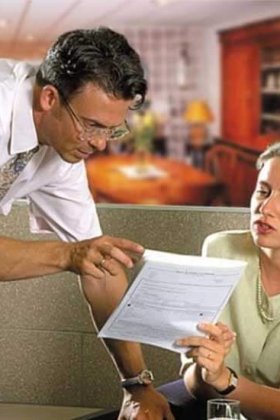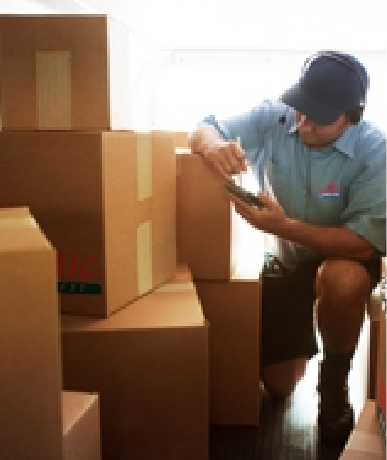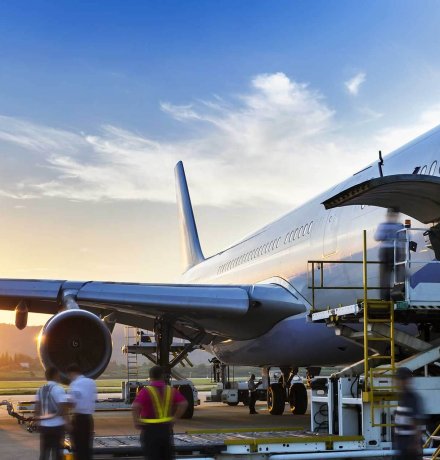MOVING TO
SPAIN
A PRACTICAL COUNTRY SPECIFIC
MOVING GUIDE OFFERED BY US
FOR YOUR CONVENIENCE
MOVING TO
SPAIN


Moving to
another country
Moving to another country, let alone half around the globe always seems a daunting task at first. Let us help you make this transition a smooth one and most importantly let our certified expertise in International Moving, Relocation and Shipping services assist and move you through the entire process. Our clientele benefit from our comprehensive know-how, fair and honest pricing, our in-depth and versatile service solutions in regards to your specific and individual moving & relocation needs!
TRANSIT TIMES
When moving, one should keep in mind the anticipated door-to-door transit time of their shipment as the length of transit might have numerous implications for you. For example, do I need to rent or purchase my new home in advance, shall I opt for a pre-longed hotel stay or have corporate housing? When moving for an employer or being a foreign civil servant on posting, your existing relocation policy will clearly identify your allowances and provide options in terms of residency while your belongings are in transit. Our team of Certified Moving Consultants® will discuss with you our various service and transit time options in regards to your particular moving needs.


U.S. Region to Spain

FCL – SEA Freight
U.S. East Coast
- Expedited Service
- 4 -to- 6 weeks
- Regular Transit
- 5 -to- 7 weeks
U.S. Midwest
- Expedited Service
- 5 -to- 7 weeks
- Regular Transit
- 6 -to- 8 weeks
U.S. Gulf Coast
- Expedited Service
- 6 -to- 8 weeks
- Regular Transit
- 7 -to- 9 weeks
U.S. West Coast
- Expedited Service
- 6 -to- 8 weeks
- Regular Transit
- 9 -to- 11 weeks

AIRFREIGHT
U.S. East Coast
- Expedited Service
- 8 -to- 12 days
- Regular Transit
- 10 -to- 16 days
U.S. Midwest
- Expedited Service
- 8 -to- 12 days
- Regular Transit
- 10 -to- 16 days
U.S. Gulf Coast
- Expedited Service
- 12 -to- 16 days
- Regular Transit
- 14 -to- 20 days
U.S. West Coast
- Expedited Service
- 10 -to- 14 days
- Regular Transit
- 12 -to- 18 days

Consolidation – SEA
U.S. East Coast
- Expedited Service
- 8 -to- 10 weeks
- Regular Transit
- 10 -to- 12 weeks
U.S. Midwest
- Expedited Service
- 9 -to- 11 weeks
- Regular Transit
- 9 -to- 12 weeks
U.S. Gulf Coast
- Expedited Service
- 9 -to- 11 weeks
- Regular Transit
- 9 -to- 12 weeks
U.S. West Coast
- Expedited Service
- 10 -to- 12 weeks
- Regular Transit
- 10 -to- 14 weeks
SPANISH CUSTOMS INFORMATION
IMPORTANT FACT:
Most of the required paperwork for importing used household & personal effects duty & tax free into Spain does not differ much from other nations.Although, one important requirement for duty & tax free import clearance of your belongings by Spanish Customs is that returning Spanish citizens or other foreign nationals obtain prior departure the so-called ‘Certificate of change of residence’ from their nearest Spanish Consulate at origin.
Household goods are duty free if meeting the following conditions:
– Goods are owned and used by the owner of the goods for a minimum of 6 months
– The shipment is imported into Spain within 12 months after owner of the goods arrival
– The owner of the goods must have lived abroad for a minimum of 1 year
Another important aspect, if a Spanish Residence permit is not available by the time of shipment arrival, a Bank Guarantee between 40% and 60% of the total value declared in the inventory and the presentation of the Work Permit will be required for Customs clearance. The Bank Guarantee will be returned when regularization is completed within 6 months upon presentation of the permit.
MOVING TO
SPAIN


PRACTICAL INFORMATION – ELECTRONICS/HOME APPLIANCES/LAMPS
We are often ask by our clientele for advice in regards to whether or not to ship their electronics or home appliances as part of their move to Spain? The answer is somewhat complicated and a grey area.
Some appliances or electronics might work with a transformer, others will definitely not work such as air conditioners, microwave ovens, vacuum cleaners, and/or electric clocks, because the appliance does not successfully adapt and a transformer will not be able to change the wattage.
So, which or what electrical appliances should I bring with me? A general rule: Nothing that is big or consumes a lot of power. Laptops, computers, and small radios are fine to include in your shipment. Kitchen or laundry appliances, microwave ovens, power tools, and TV sets are not. Also keep in mind, if not sure or certain, please do not try! Plugging in a non-conforming appliance or electronic can result in an electrical fire or a severe, potentially lethal shock. Don’t assume a fuse or circuit breaker will protect you if you do something wrong.
If you move often, or know that you will be returning back to the USA within a certain time period, it might be wise to purchase so-called ‘Multi-system appliances and electronics’. These devices are manufactured to operate on either 110-120 volts or 220-240 volts and are referred to as “multi-system”. They are usually constructed with a switch that enables them to be operated on either current. In addition, multi-system television sets are adaptable to the different video systems (USA = NTSC vs. Spain = PAL) and scanning standards and can be used in either country. This way you won’t have to worry about frequent new purchases or trying to sell off under market price your used appliance or electronic item when relocating back home or to another country.
Certain table lamps with normal outside wiring can be used with a plug adapter, but most importantly you’ll have to change the light bulb/s as they are designed for one voltage system generally and do not work well in another plus a wrong light bulb/s can become dangerous. Risks include electrocution and fire (immediate or delayed).
For expensive ceiling lamp fixtures, chandeliers or sconces one might consider taking them along and having them rewired, adapted and made compatible with the local line voltage and frequency by a local specialty shop or retailer in your destination country.
CULTURAL INFORMATION
- Not all Spaniards are native speakers of (Castilian) Spanish.
- The Spaniards have a completely different life rhythm compared to other European countries.
- Spanish culture greatly influenced modern art from the late 1800s
- Flamenco is not actually a dance; it’s a musical style, which sometimes has dancing in it.
- 58 million tourists go to Spain every year, making it the fourth most visited country in the world.3:
